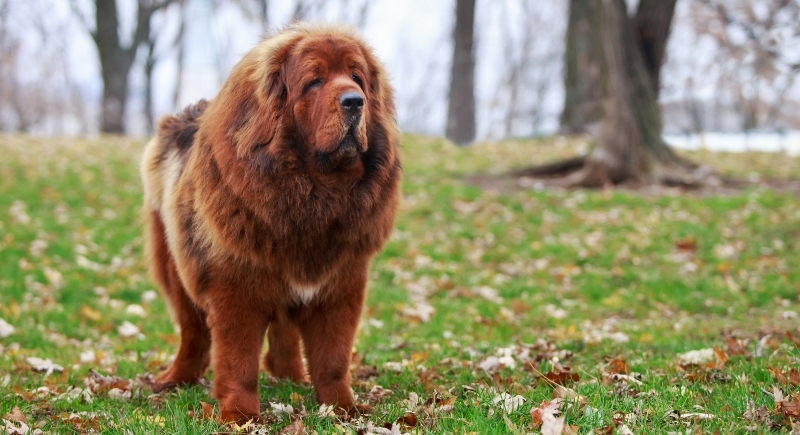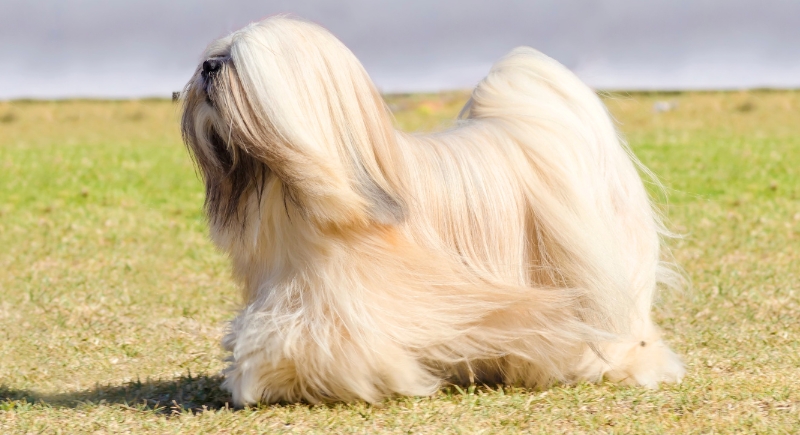The Dog Breed That Was Bred to Protect Monasteries
High in the Himalayan region, Tibetan monasteries relied on dogs that carried out work essential to daily life. These dogs supported monks who lived in isolated places surrounded by predators, harsh terrain, and long, silent nights. Their presence was part of the monastic life and created a protective system that lasted for centuries.
The Tibetan Mastiff is the best-known guardian, but it wasn’t the only one working around the monasteries. Other Tibetan breeds handled different tasks within the courtyards and living spaces. Each dog added its own strength, and together they kept the community, its animals, and its teachings safe in a place where vigilance mattered every day.
A Guardian Built for Himalayan Conditions

Image via Getty Images/DevidDO
The Tibetan Mastiff developed in surroundings defined by altitude, cold air, and rugged land. Historical accounts place these large dogs in the region as early as 1100 B.C., and isolation helped preserve the traits that made the breed effective around monasteries. Its heavy double coat protected it against freezing winds, and its strong frame allowed it to stand firm when wildlife threatened the monastery grounds.
The name “Do-Kyi” describes its traditional placement at gates and perimeter areas, where it stayed tied in position for clear control of territory. Travelers described its size as similar to that of a small donkey, and monks relied on its deep, powerful bark to signal activity at night. This role shaped the breed’s temperament and produced a dog that stayed loyal to its caretaker and guarded space with confidence.
Monastery Security and the Roles Assigned to Each Breed

Image via Getty Images/f8grapher
Tibetan monasteries employed a layered approach to protection, and each dog performed tasks suited to its strengths. The Tibetan Mastiff watched the outer grounds, maintained control of entry points, and responded to movement in spaces exposed to predators.
Inside the monastery, the Lhasa Apso guarded important rooms and interior passageways. Its sharp hearing and quick reactions allowed it to alert monks to activity that required attention.
This structure helped monasteries function safely without modern equipment. The dogs created an early-warning chain, and each breed contributed a different skill set. Their combined effort maintained order in a setting where danger could appear at any time.
Cultural Importance and a Lasting Connection to Tibetan Life
Tibetan culture placed a high value on the dogs that worked alongside monks and nomads. Stories linked Tibetan Mastiffs to spiritual beliefs, including the idea that the breed carried the souls of monks or nuns who did not reach Shambhala. This belief strengthened the connection between the dogs and the sacred spaces they guarded. Their role shaped daily life for nomadic families as well, since Mastiffs protected tents, herds, and encampments located in open areas vulnerable to predators.
Owners tied them near the center of camps to establish a controlled zone where wolves, leopards, and bears avoided entry. Long-standing reliance on these dogs produced a relationship built on respect and practicality rather than decoration or leisure. Modern travelers still find Tibetan Mastiffs near lakes, markets, and herding zones, and many people continue to recognize their place in Tibetan history.